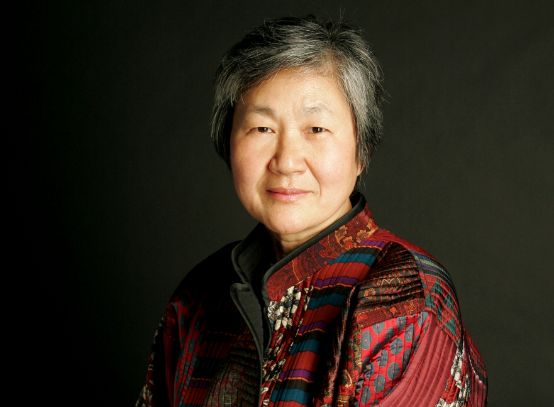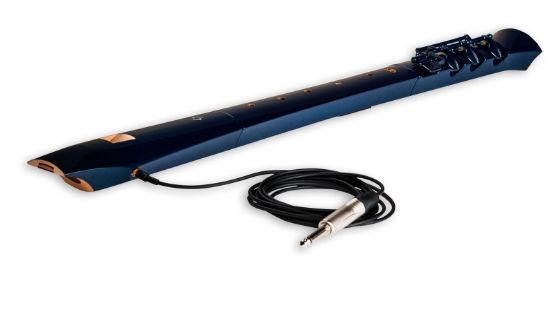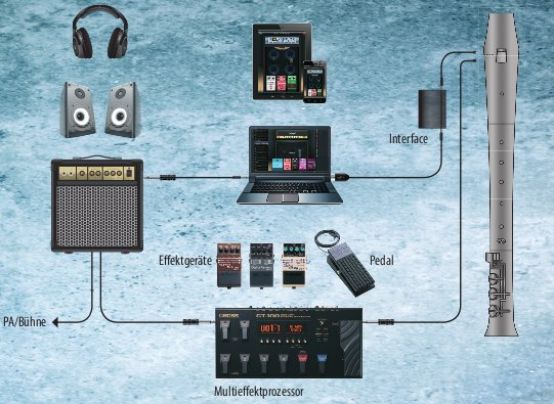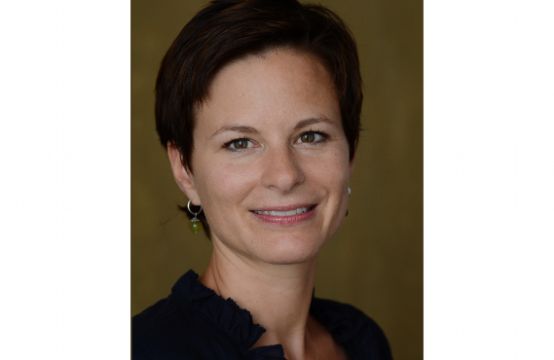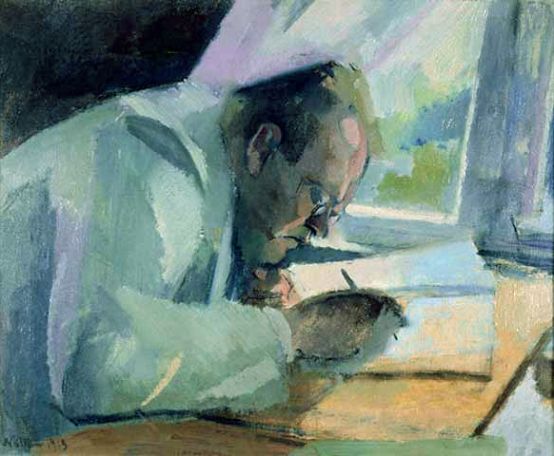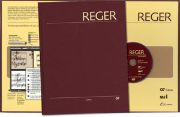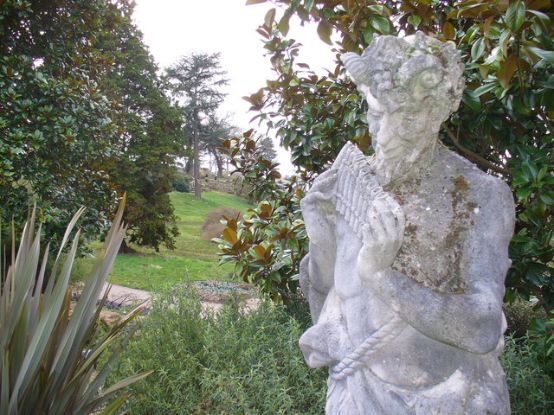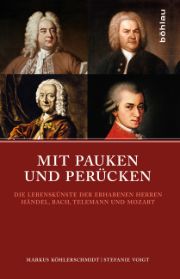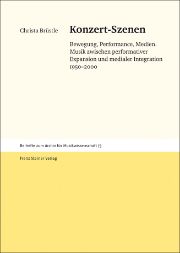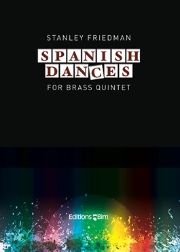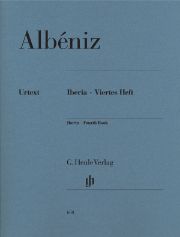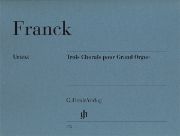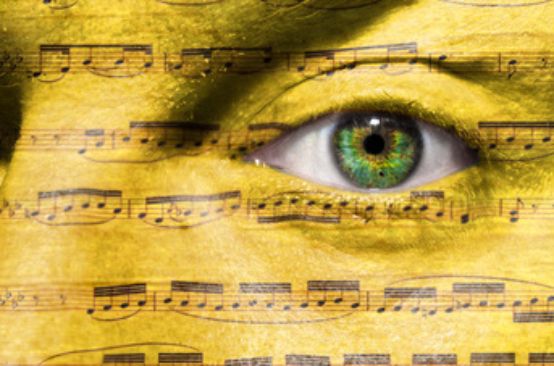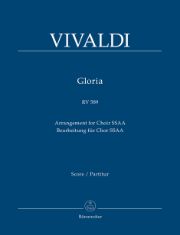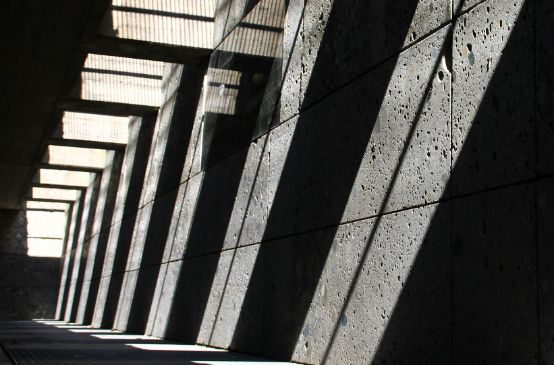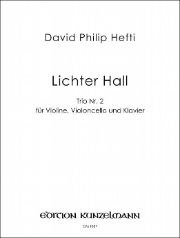St.Gallen Cultural Foundation honors Roth
The St.Gallen Cultural Foundation has awarded the Hemberg conductor and composer Ruedi Roth a sponsorship prize. Recognition prizes go to the musician and writer Jörg Germann and the visual artist David Bürkler.
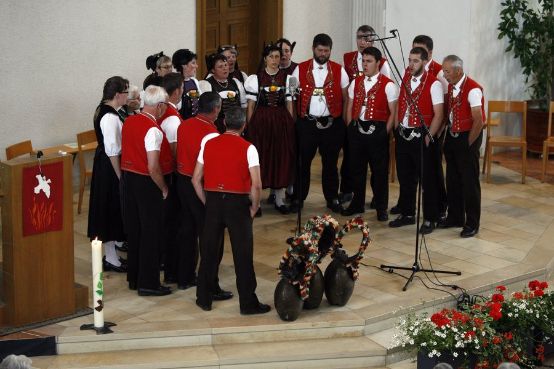
Fifty-year-old Ruedi Roth has been a gentle innovator for years as a composer of yodelling songs and is firmly anchored in folk music as an organizer, writes the canton of St. Gallen. He has made a significant contribution to reviving the Bödele dance, which is reminiscent of flamenco.
As the successor to his teacher Willi Valotti, he has been conducting the Wattwil Yodelling Club since 2000. The highlight of Ruedi Roth's career as a composer to date was the 2013 Northeast Switzerland Yodelling Festival in Wattwil. He wrote a mass for this major festival. The prize is endowed with CHF 10,000.
The St. Gallen artist David Bürkler has been awarded the St. Gallen Cultural Foundation's recognition prize "for his extraordinarily precise and substantial work".
Jörg Germann, born in St. Gallen in 1931, holds a doctorate in music and taught German at the cantonal school in Sargans for many years. Last December, he was honored with Serenata of a clown presented his third novel, published by Verlag Johannes Petri in Basel. The two recognition prizes are endowed with CHF 15,000 each.






